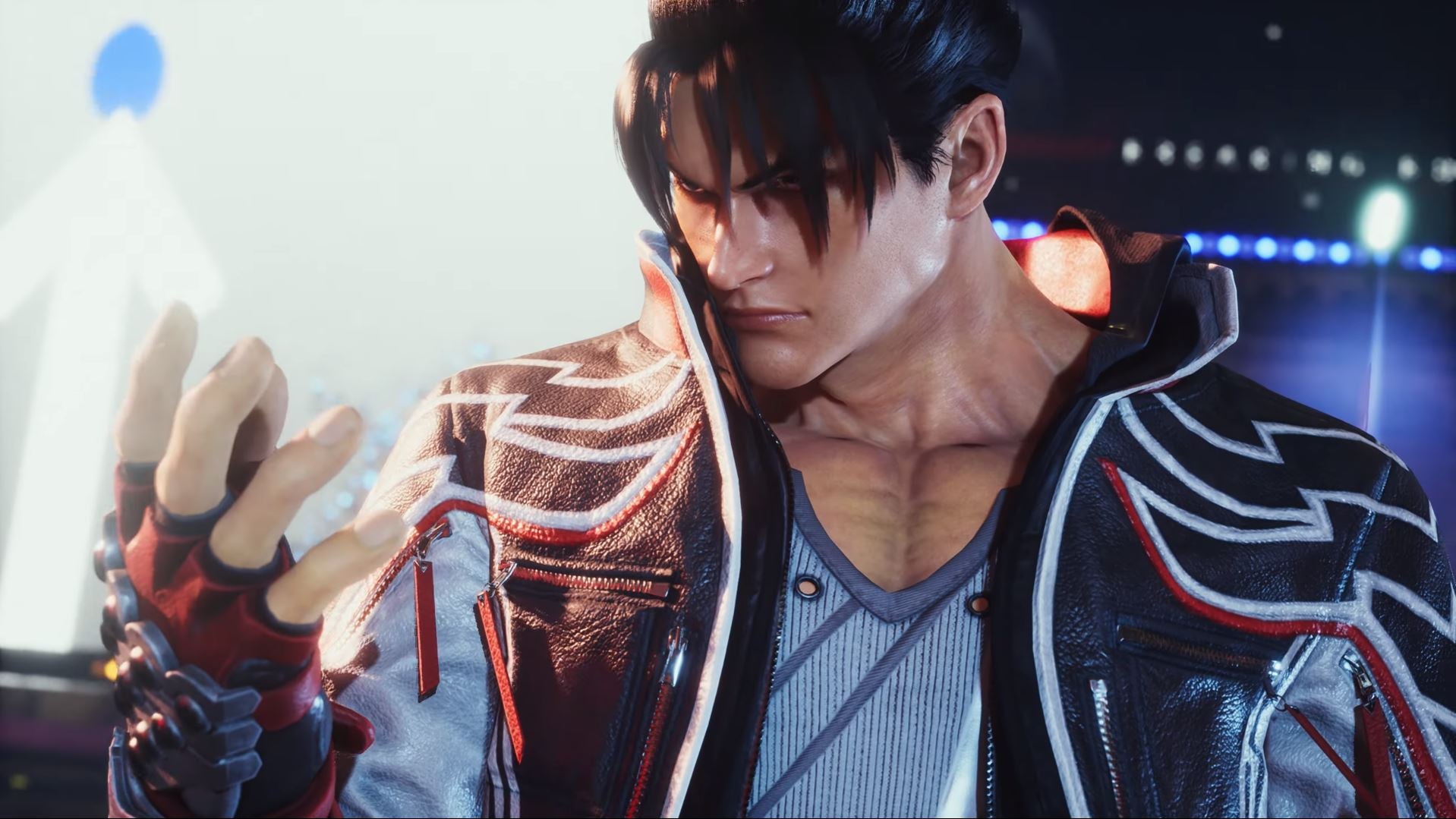This week’s DF Direct Weekly – perhaps inevitably – kicks off with extended discussion on the Palworld phenomenon, while much time is spent mulling over the Horizon Forbidden West PC features trailer Sony ‘dropped’ last week. However, what caught my eye in putting this piece together was our discussion on input lag in the wake of John’s Tekken 8 coverage, where it emerged that Namco had delivered the most responsive Tekken game in the modern era. We don’t focus too much on input lag, but really we should, especially as we enter the next era of graphics technology.
Put simply, input lag is usually defined as the time taken between input from the player on his device of choice and that input playing out on-screen. Typically, the longer the delay, the more noticeable it is and the less enjoyable a game can be to play. Basic methodology in measuring it – in basic terms at least – has not changed since 2009, when ex-Neversoft (now UFO debunker) Mick West posted an article where he measured input lag by using a 60fps camera pointed at both joypad and screen. By moving frame by frame, you can see the precise frame where input is made and then you simply count the frames until the result is visible on-screen.
Methodology was tightened up with the creation of the controller monitor board, which tied button presses to LEDs on a board you positioned next to your screen, again using a high speed camera to measure the difference between device input and game response. Fast forward to 2017 and remarkable work by Nigel Woodall pushed the science to the next level. By converting HDMI to component video and then disabling two of the three components whenever the button was pressed (producing a small border on-screen for the duration of the press), the high-speed camera was no longer required – you could use video capture instead to get input lag measurements that removed much of the prior ambiguity in camer-based results. Frame counting? That’s still required, though Nigel has made some efforts on automation here.
0:00:00 Introduction0:00:54 News 01: What’s up with Palworld?0:25:45 News 02: Capcom adds Enigma DRM to older games0:35:31 News 03: AMD releases Fluid Motion Frames tech0:52:30 News 04: Horizon Forbidden West PC features detailed1:05:22 News 05: Tekken 8: a superb fighter1:15:53 News 06: Input lag deep dive1:32:52 Supporter Q1: What would you recommend spec wise for an upper-midrange PC?1:37:08 Supporter Q2: Should id Software commercialize their id Tech engine?1:40:12 Supporter Q3: Is the time of 1080p monitors over?1:43:55 Supporter Q4: Could Nintendo, Microsoft, or Sony develop their own Proton-like translation layers to run games from other platforms?1:46:55 Supporter Q5: With John’s new Direct background, isn’t he worried about burn-in?
Ultimately though, what we’re seeing is improved methodology to get a tighter lock on an important part of the gameplay experience – especially for competitive titles. There are big implications for PC graphics card reviews as well. Nvidia and AMD are working hard on technologies like Reflex and AntiLag to reduce input lag. Typically input lag reduces as frame-rates go higher – but we’re now looking at scenarios where the more performant graphics card could possibly deliver slower-to-respond gameplay. Methodology here is somewhat simpler thanks to PC’s open approach: tools are available that can measure what Nvidia calls ‘PC latency’ as part of the benchmarking procedure.
